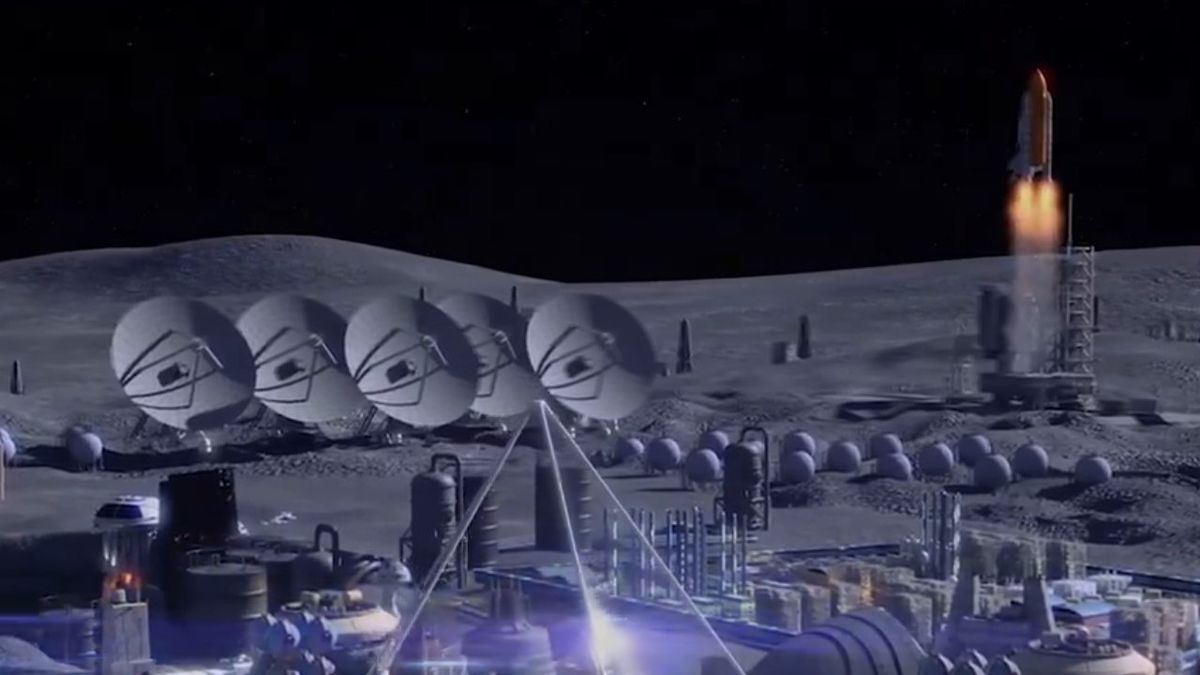Thick molecular gas and a dusty torus have been found in the Swelling Spiral galaxy.

Dense molecular gas and dusty torus detected in the Swelling Spiral galaxy (Image Credit: Phys.org)

Using the Large Millimeter Telescope (LMT) in Mexico, astronomers have performed spectroscopic observations of the Swelling Spiral galaxy. The observational campaign found that the galaxy harbors dense molecular gas in its central region and has a dusty torus. The findings were reported Nov. 27 on the pre-print server arXiv.
The Swelling Spiral galaxy (also known as Messier 61 or NGC 4303) is an intermediate barred spiral galaxy at a distance of some 52.5 million light years from the Earth, showcasing significant star formation. It is one of the largest members of the Virgo Cluster but, unlike most of the late-type spiral galaxies in this cluster, it shows an unusual abundance of neutral hydrogen (H I). The supermassive black hole (SMBH) of this galaxy has a mass of about five million solar masses.
A team of astronomers led by Ángel Soní of the National Autonomous University of Mexico investigated the Swelling Spiral galaxy with LMT’s Redshift Search Receiver (RSR), focusing on its molecular gas. Such study is important in order to understand how the gas is accreted into SMBH, and the role of the black hole in the host galaxy’s evolution.
“With the aim of studying the molecular gas in the obscured core of the galaxy NGC 4303, in this work we analyze the emission line spectrum obtained with the Redshift Search Receiver at the Large Millimeter Telescope (in its initial phase of 32 m) in the band of 3 mm (73–110 GHz),” the researchers explain.
The observations investigated the central region (within a radius of 2,600 light years) of the Swelling Spiral galaxy, which resulted in the detection of several molecular gas lines, including dense gas tracers like hydrogen cyanide (HCN) and diffuse gases like carbon monoxide (CO).
Based on the collected data, the mass of the dense gas in the studied region was estimated to be 47 million solar masses. This is a relatively large mass and constitutes about one fourth of the total mass of molecular hydrogen in this area.
Furthermore, the spectral energy distribution analysis of the galaxy found that it has a clumpy dusty torus. This torus has an inclination of approximately 67 degrees and its luminosity is at a level of 71 tredecillion erg/s.
The study also found that the star-formation rate of the Swelling Spiral galaxy is about six solar masses per year, which places it along the star-formation main-sequence for normal nearby galaxies.
Summing up the results, the authors of the paper made further remarks regarding the composition of the emission from the investigated galaxy: “We conclude that the central 1.6 kpc emission from NGC 4303 is a mixture of an AGN with a marginal contribution of ≤ 20%, most probably a Type 2, with a large clumpy dusty torus and a starburst host galaxy, as evidenced by intense dense molecular gas lines.”
More information:
Ángel A. Soní et al, Dense Molecular gas and Dusty Torus in NGC 4303, arXiv (2024). DOI: 10.48550/arxiv.2411.18723
Journal information:arXiv
© 2024 Science X Network
Dense molecular gas and dusty torus detected in the Swelling Spiral galaxy (2024, December 9)
retrieved 9 December 2024
from https://phys.org/news/2024-12-dense-molecular-gas-dusty-torus.html
part may be reproduced without the written permission. The content is provided for information purposes only.





